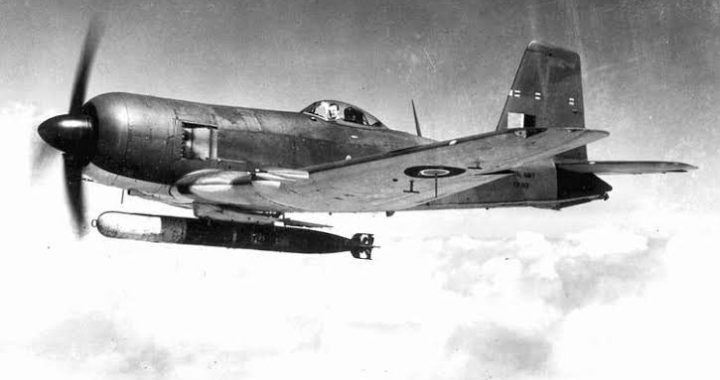Interesting facts about the Blackburn Firebrand
The aircraft for today is the Blackburn Firebrand that made was designed to serve the British Royal navy as their single-engine aircraft for strike missions. The aircraft was inducted into the service of the Royal Navy’s FAA (Fleet Air Arm) and the company behind the creation of this aircraft was Blackburn Aircraft that developed it … Continue reading Interesting facts about the Blackburn Firebrand
